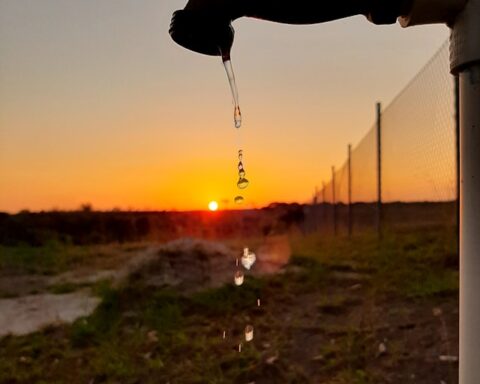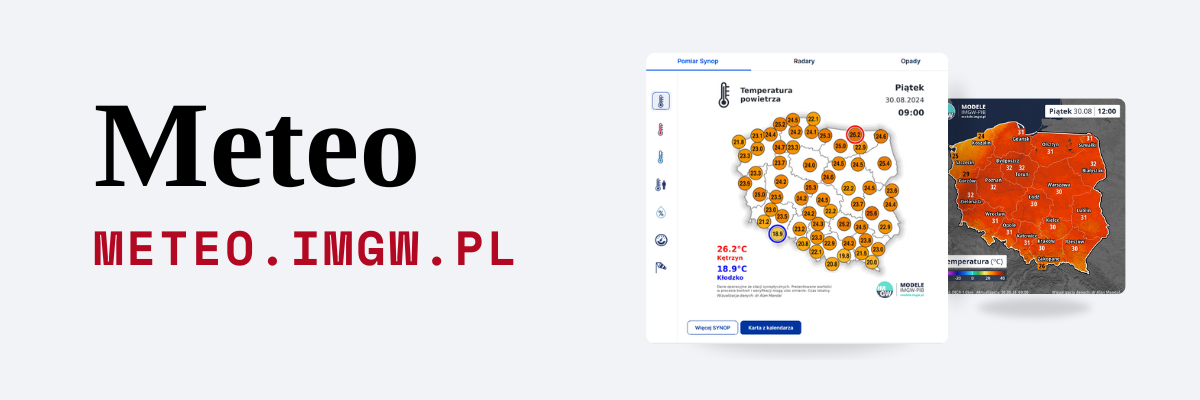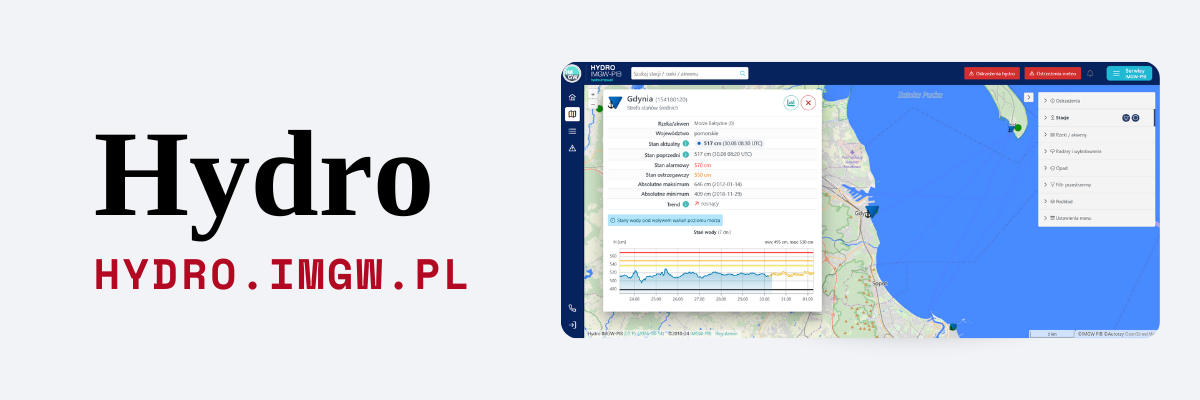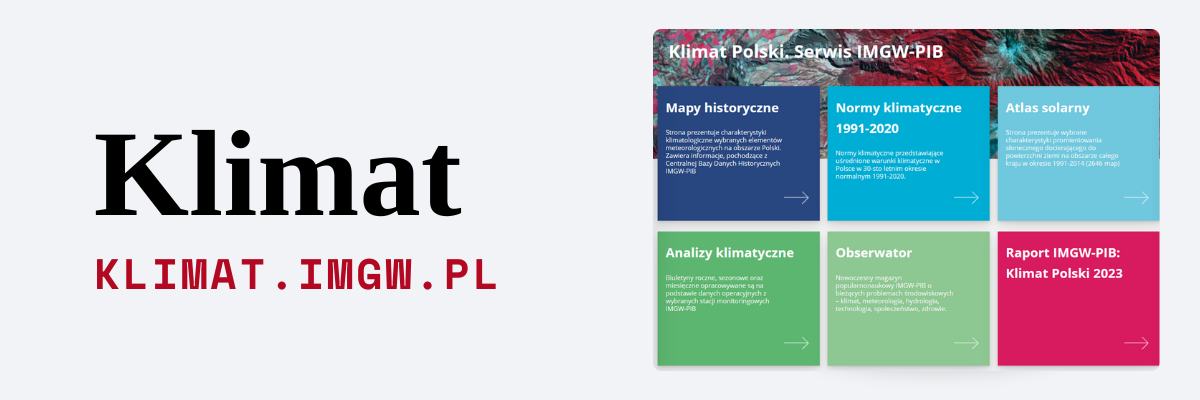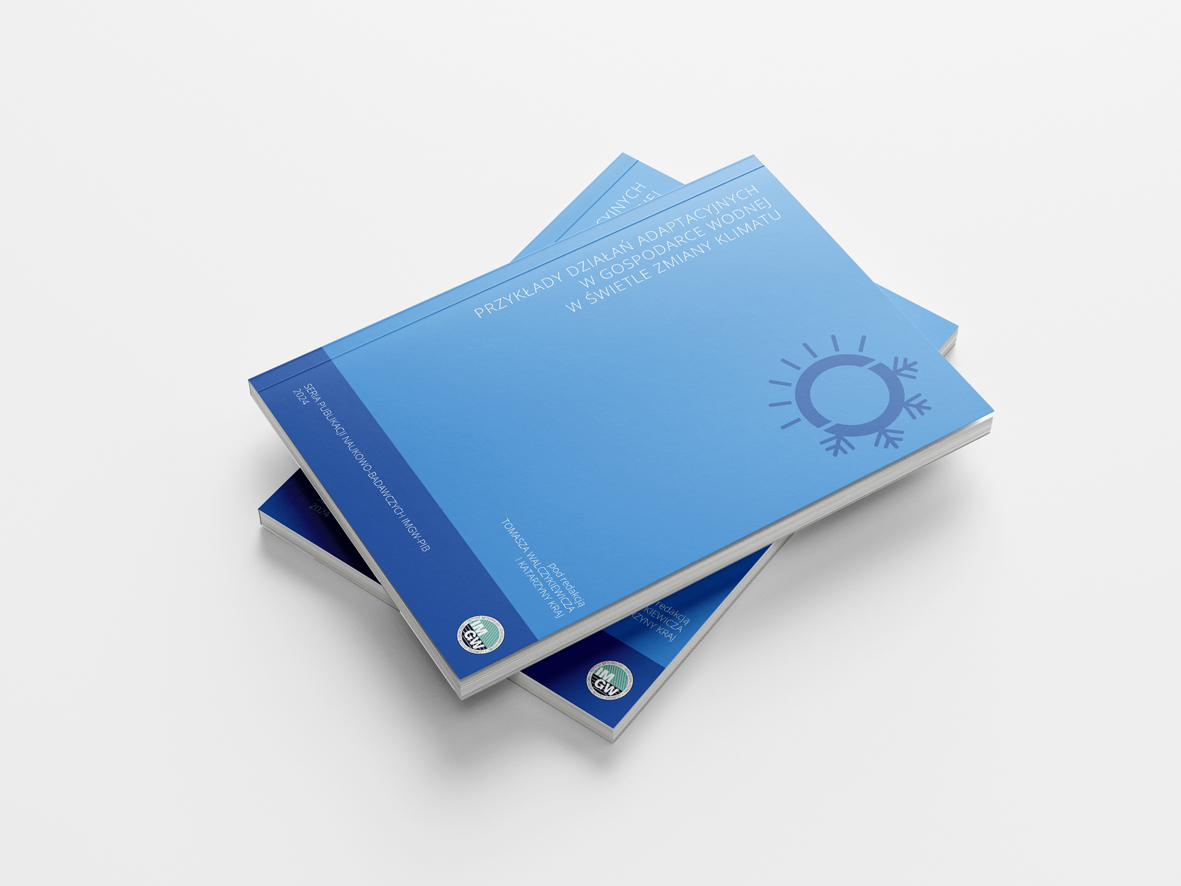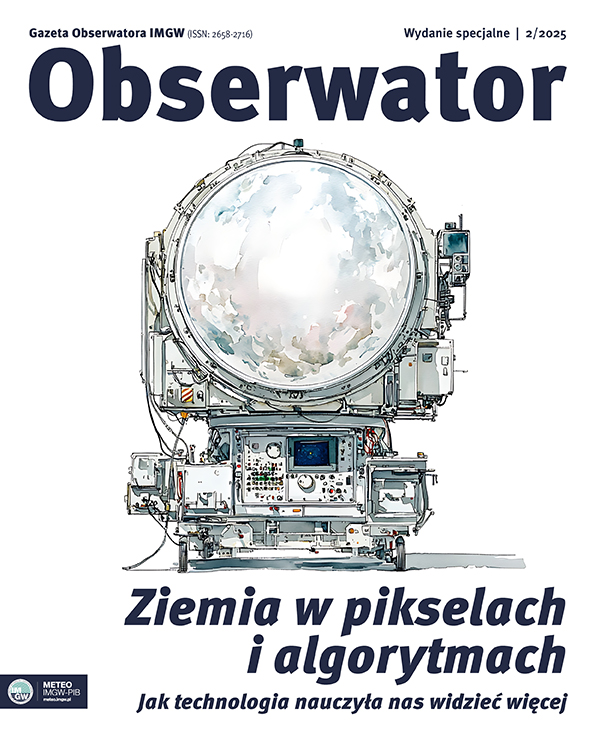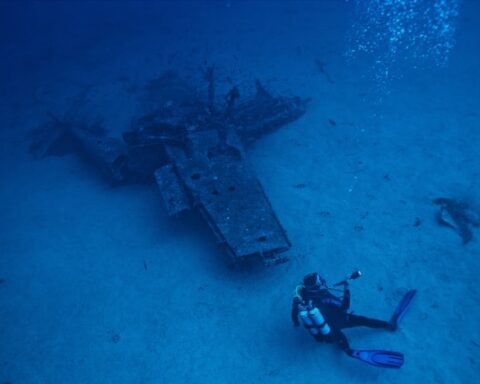Sodar is a device whose idea was created in the 1960s. However, it is still used for meteorological measurements due to its durability and reliability. Thanks to this investment, the Institute of Meteorology and Water Management is once again meeting the increasing expectations of recipients who use data on the state of the atmosphere in their work.
AUTHOR: Grzegorz Zabłocki, IMGW-PIB
The device works on a similar principle to radar, emitting acoustic waves and analyzing the received echo. It enables measurement of the spatial components (horizontal and vertical) of the wind vector up to a height of several hundred meters above the device, with a vertical resolution of several meters. Measurements can be performed in almost any weather conditions (except heavy rain), also in fog, which limits, for example, the operating range of lidars. For this reason, sodars are commonly used to protect airports, as they allow detecting wind shear over the runway. They are also helpful in analyzing the dispersion of pollutants and necessary for assessing potential environmental pollution in the event of a nuclear power plant accident.
An antenna consisting of a matrix of 24 loudspeakers-microphones is used to emit sound and receive echoes in the sodar. The matrix design of the antenna allows for the emission of directional sound, deviated from the vertical (the main axis of the antenna) by controlling individual loudspeakers with a phase-shifted signal. Probes of the atmosphere are carried out by emitting (every few seconds) three successive acoustic beams – one vertical and two deflected from the vertical. Beams deflected from the vertical enable measurement of the horizontal components of the wind vector. The emitted sound signal can be single-tone or multi-tone with a frequency in the range of 1500-2600 Hz. The multitone signal is used to obtain measurements from higher altitudes at the expense of lower vertical resolution.
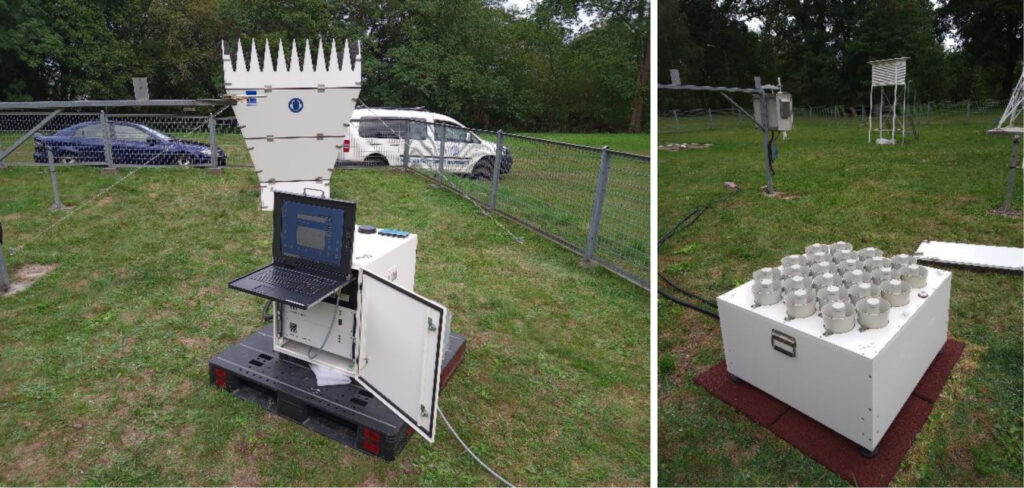
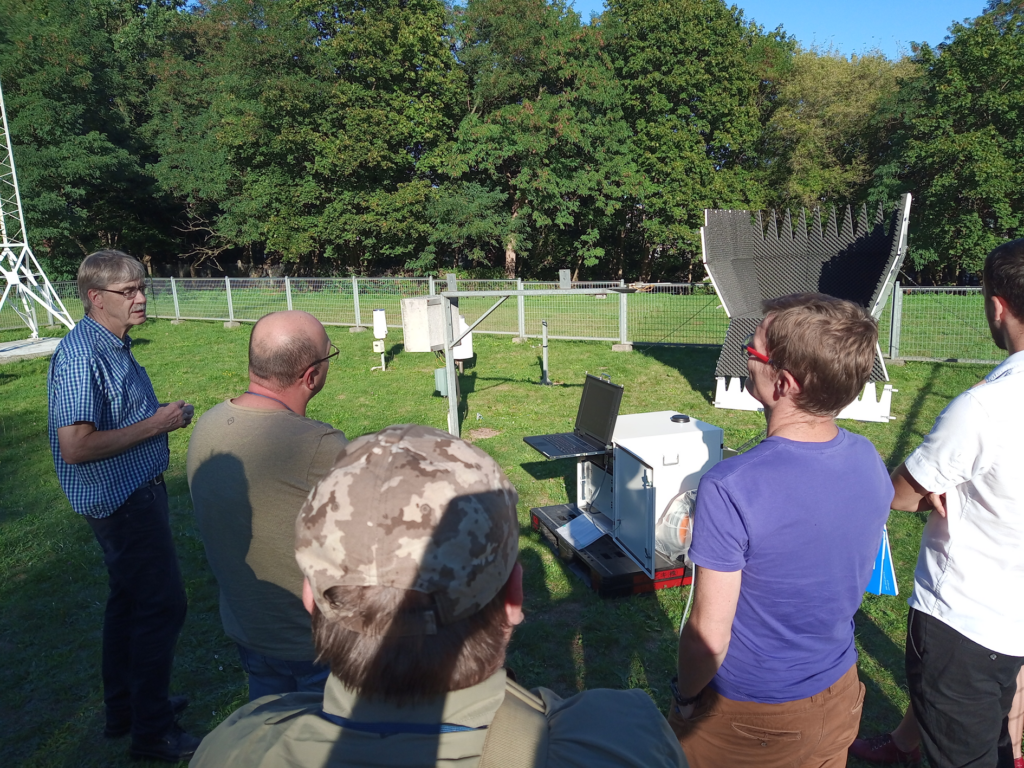
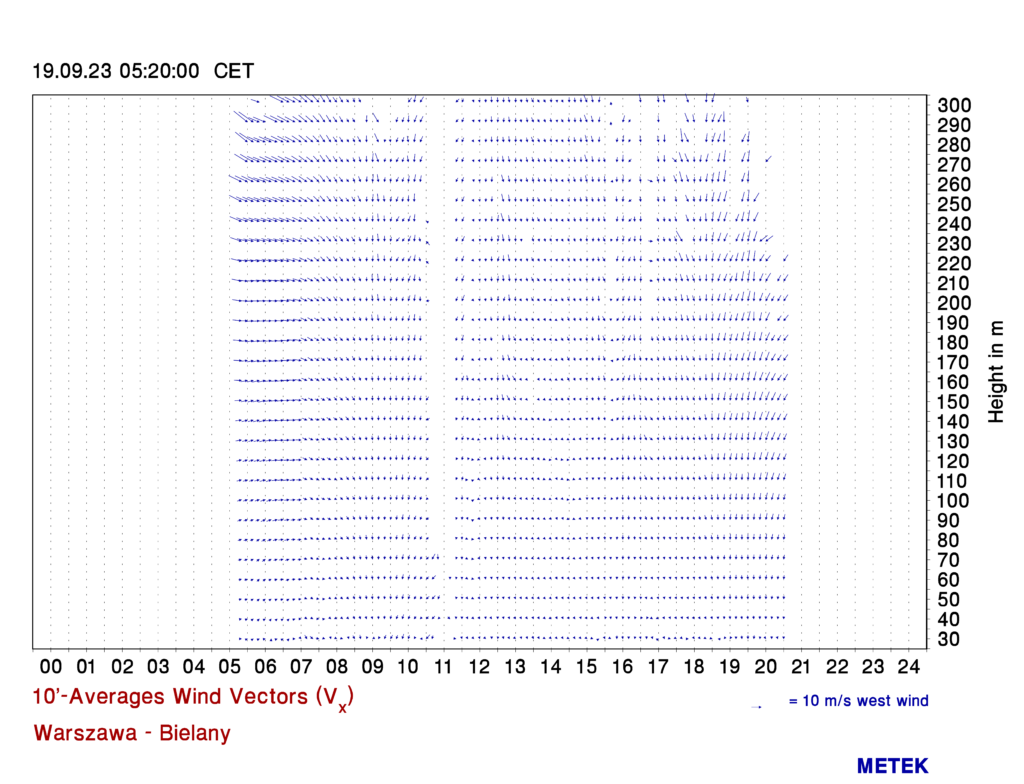
The Metek GmbH Doppler meteorological sodar was purchased with investment funds from the State Hydrological and Meteorological Service. The device was installed for the testing period in the meteorological garden at 61 Podleśna Street in Warsaw. The device is not intended to work in one place, it will be used as needed for short-term measurement campaigns, competitions and air shows, and in research projects.
Main photo: Jonas Allert | Unsplash.


